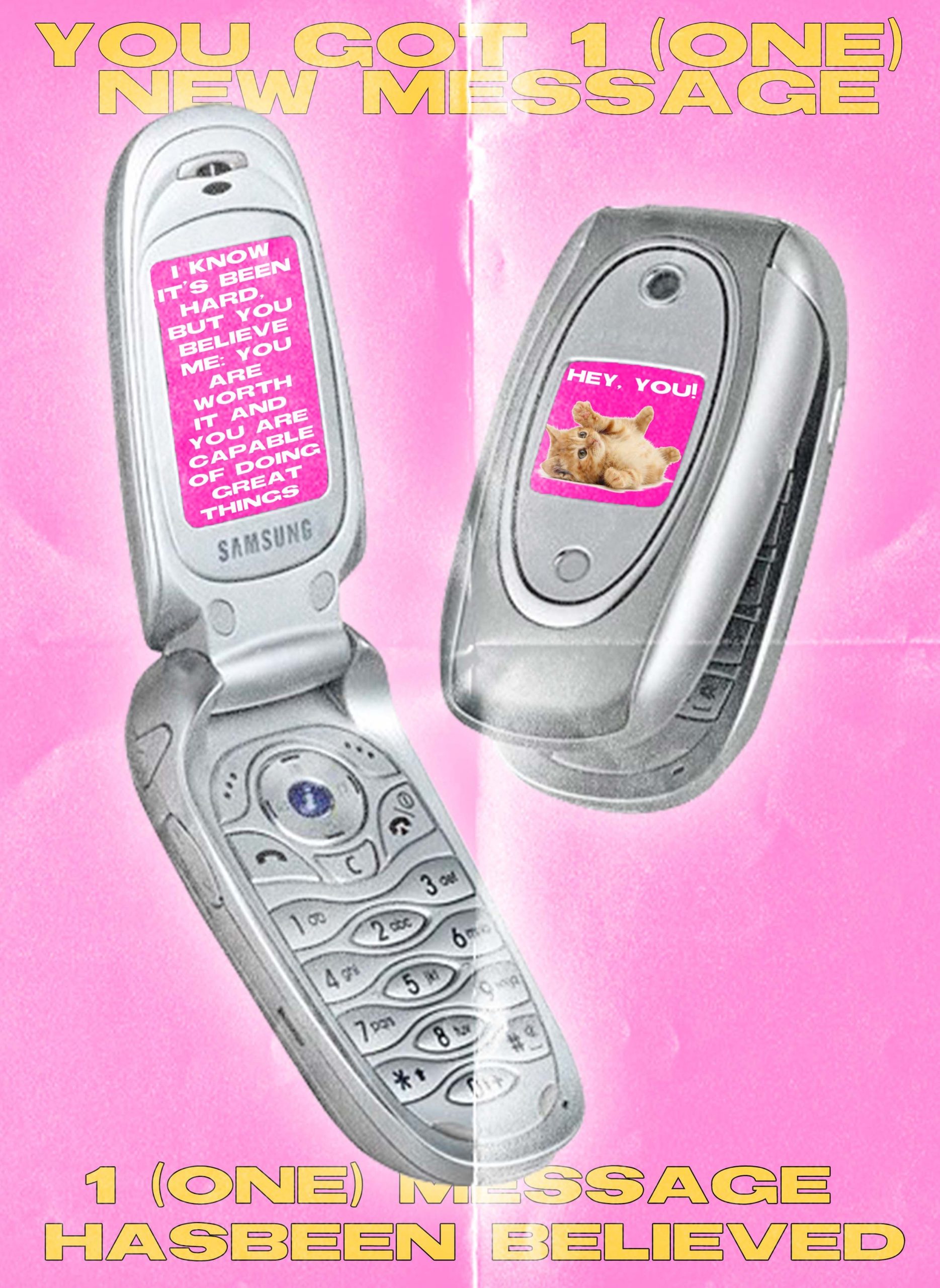In any creative field, originality is of the utmost importance. Especially in the age of the internet, the most nightmarish scenario for any artist or designer is to be accused of stealing their work from another source. So, why then is it more than acceptable to pillage the past for our current art and design trends? We’ve recycled 60s, 70s, 80s, 90s and 00s trends – even 60s trends were a resurgence of 1920s art nouveau – with ease.
Trends never rise and fall without greater implications – they are an interesting keyhole into collective societal values. Design is no different, rising and falling as required. For example, UX design did not even truly exist before the common use of the internet. Knowing this, we can infer that other trends are similarly buoyed on the current of thousands of minds undergoing the same journey. Trends are not random.
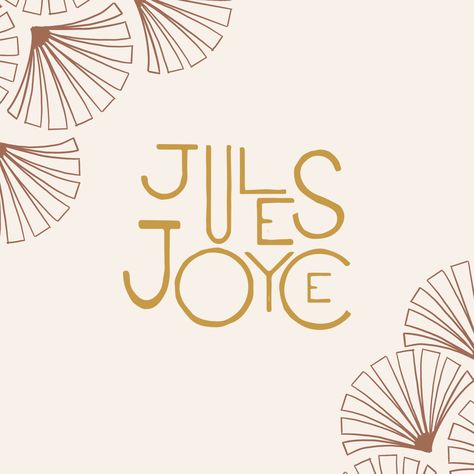
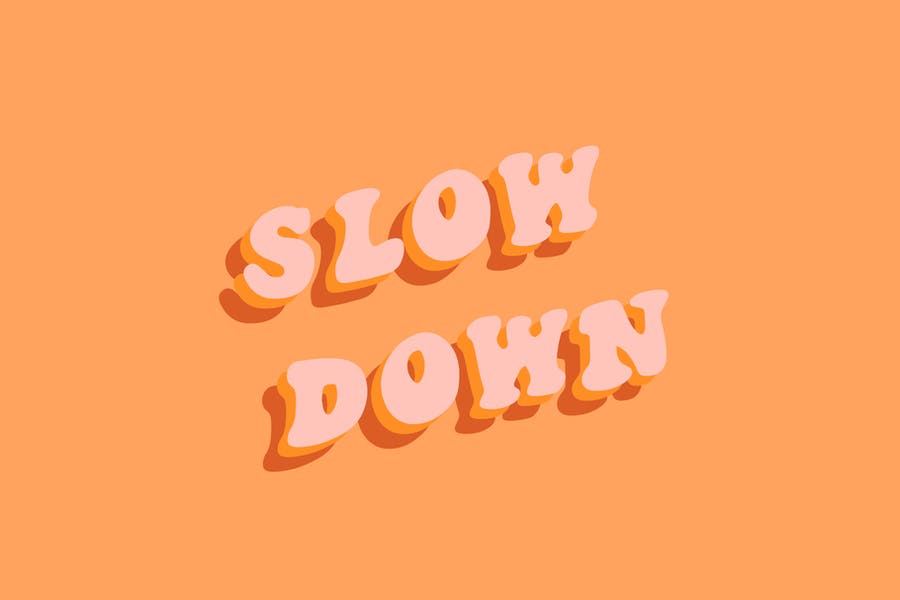
Concerningly, as the internet has become increasingly involved in graphic design and vice versa, trend cycles are growing shorter and shorter. Whilst the average trend cycle was around 10 years in the 20th century, we are seeing this cycle shorten with the advent of ‘micro-trends,’ which last only a few months or even weeks. In graphic design, we can compare how popular design trends remained in fashion for over ten years in the 1960s, whilst now there seems to be a new prevailing trend every few months. Because of the short length of design trends, designers both graphic and otherwise have turned to the past for inspiration in order to keep up with the constant demand for something new.
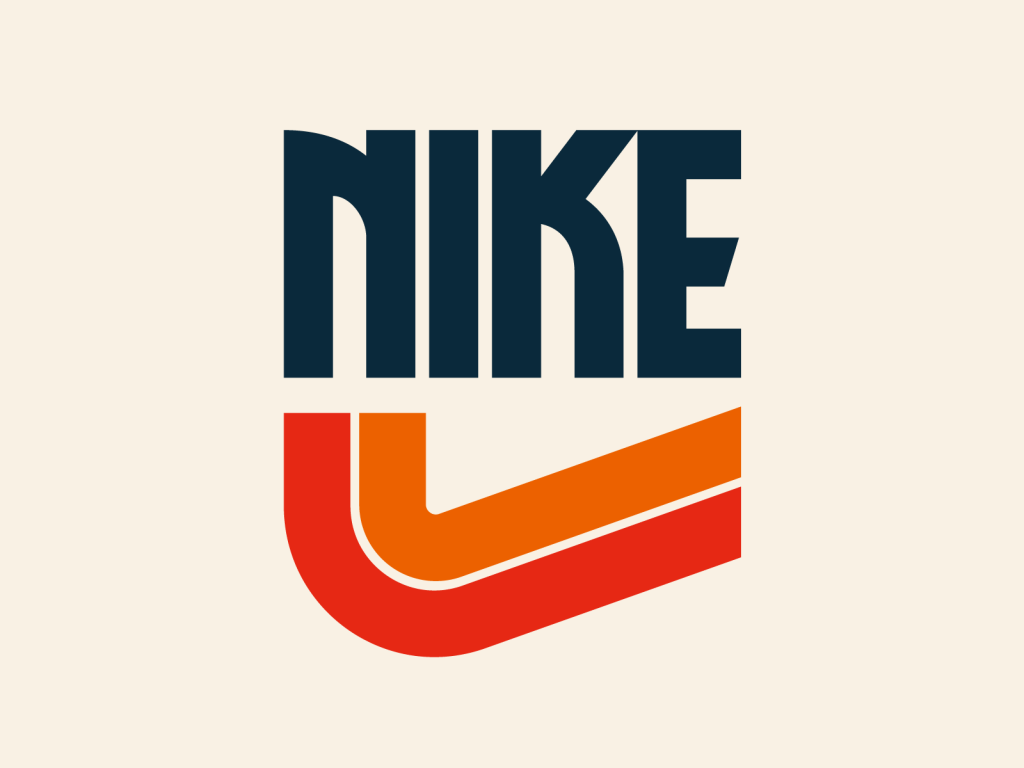
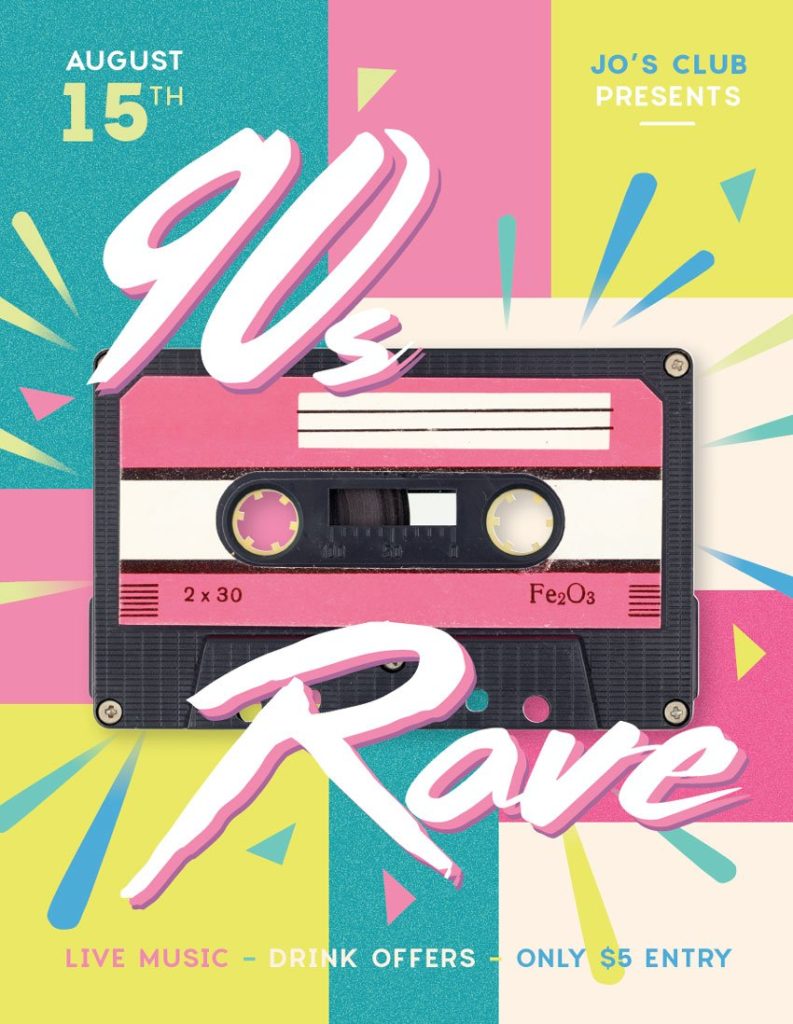
With this habit of constantly drawing from the past, the worlds of art, fashion, and design find themselves in an increasingly uncertain position. If we are already repurposing 2000s design trends of funky textures, vaporwave styles and Y2K aesthetics like obnoxious colours and kitsch textures like plastic and fur, then what will happen when we reach the 2020s? What will there be to draw upon for inspiration if nothing entirely new has yet been created? Without jumping to wild speculations, I do know that art, design, and culture will not grind to a halt simply because we have ‘run out’ of inspiration. We may see the resurgence of even older styles before the 20th century, experimentation with futuristic fashion, or indeed we may see the cycle repeat again starting from 1910 trends.
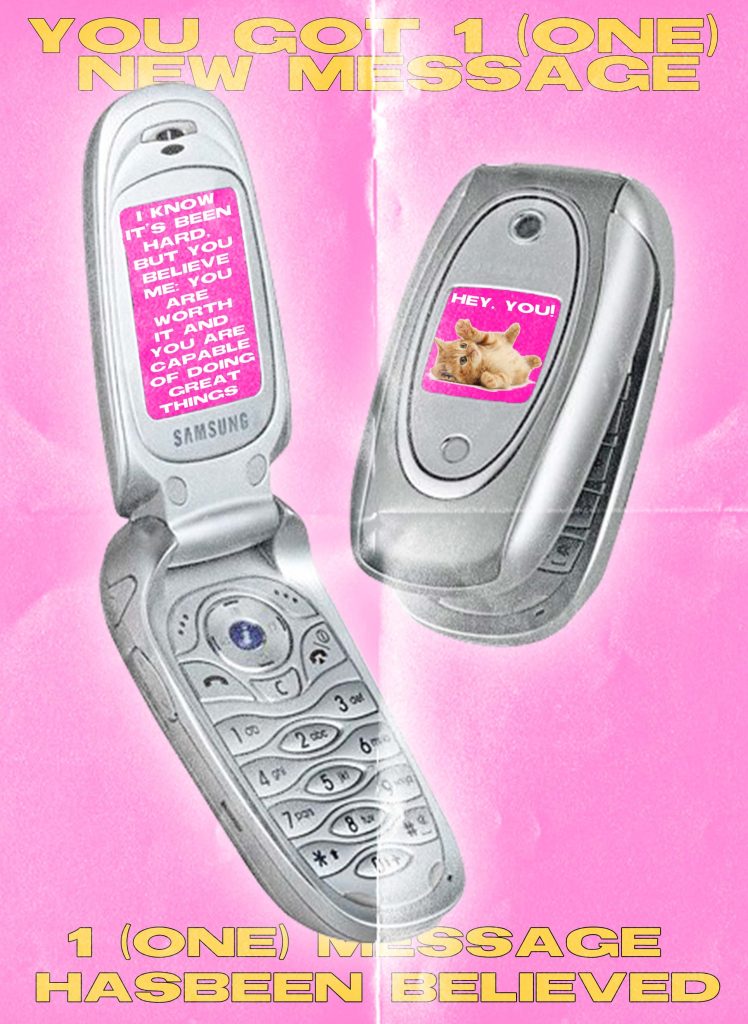
This begs the question: why have we creatives not come up with entirely new trends? Is there even such a thing as original creative work?
Our capitalist system would suggest that there exists a marketplace of ideas where individuals simply put certain notions out into the world be they art or design styles, philosophical theories or even political discourse, and the best idea wins purely because of its inherent virtue. However, this idealistic interpretation completely misses the ‘capital’ part of capitalism.
There is a grave risk preventing people from experimenting with reckless abandon; money. If art and design are a person’s job, they are relying on the sale of their work to maintain their livelihood which makes it much safer to stick to what we know is already popular instead of spending precious time developing something wholly new on the off chance that it might make money. Indeed, in order to develop a career in a creative field, designers must appeal to audiences and illicit positive responses with their work. These responses are usually only possible if the work fits smoothly into the hierarchy of preconceived ideas that we have constructed – be they regarding beauty or intelligence or politics. Designs which challenge the grand narrative of the field are often underfunded and badly received, meaning the only people who can afford to actually investigate different ways of creating are those who are wealthy enough to waste time. No wonder we’re called starving artists.
The most radical thing you can do as a creative is diversify the things we see. In a world of wavy 70s typography and noisy gradients, make the weirdest thing someone saw that day.
Bibliography
1. Garrett, PM 2020, ‘Getting “creative” under capitalism: An analysis of creativity as a dominant keyword’, The Sociological Review, vol. 69, no. 1, pp. 21–36.
2. Q: Is it possible to have a completely original thought? 2014, Ask a Mathematician / Ask a Physicist, viewed 13 June 2022, <https://www.askamathematician.com/2014/04/q-is-it-possible-to-have-a-completely-original-thought/>.
3. How Capitalism Stifles Innovation 2020, Tribunemag.co.uk, viewed 13 June 2022, <https://tribunemag.co.uk/2020/08/how-capitalism-stifles-innovation>.
4. Looking at the increasing speed of modern trend cycles – The Elm 2022, Washcoll.edu, viewed 13 June 2022, <https://blog.washcoll.edu/wordpress/theelm/2022/02/looking-at-the-increasing-speed-of-modern-trend-cycles/#:~:text=Trend%20cycles%20now%20rise%20and,%2C%20marketing%2C%20and%20youth%20appeal.>.5. Shreya Shrotriya 2021, Design Trends across the Score: Is the Trend Cycle repeating?, Medium, Nybles, viewed 13 June 2022, <https://medium.com/nybles/design-trends-across-the-score-is-the-trend-cycle-repeating-3ab3e6c01a98>.
Article written by Krystel Parras
Krystel is a graphic designer with a passion for studying how design interacts with society and culture. She aims to work in publication design in the future, and enjoys experimenting with typography. She is a member of Ctrl+, RMIT’s only student-run communication design club (join us!).

